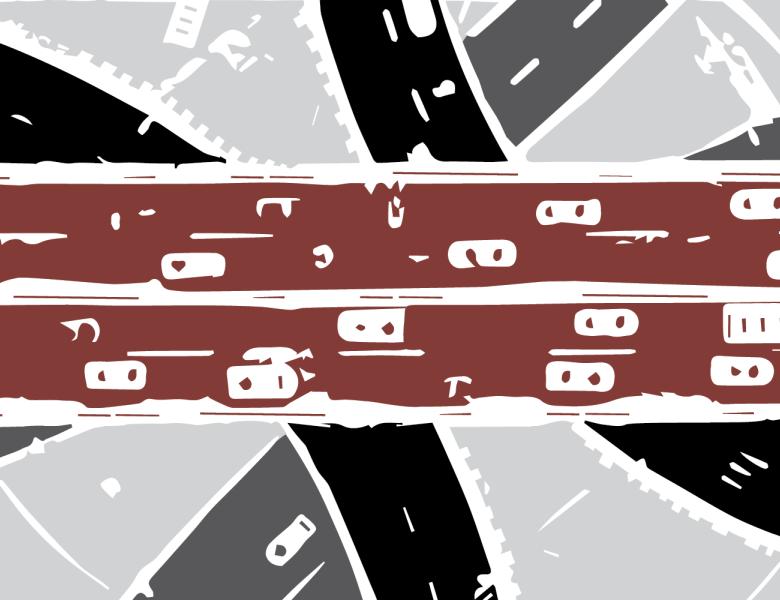
Abstract
How quickly can information introduced at time zero at a given node can influence decisions at far-away nodes in a distributed network? To understand this question, we study the following generalization of the well-known model of broadcasting on trees. Consider an infinite directed acyclic graph (DAG) with a unique source node X. Let the collection of nodes at distance k from X be called the kth layer. At time zero, the source node is given a bit. At time k each node in the (k - 1)th layer inspects its inputs and sends a bit to its descendants in the kth layer. Each bit is flipped with a probability of error Δ. The goal is to be able to recover the original bit with probability of error better than 1/2 from the values of all nodes at an arbitrarily deep layer k. Besides its natural broadcast interpretation, the DAG broadcast is a natural model of noisy computation. Some special cases of the model represent information flow in biological networks, and other cases are closely related to probabilistic cellular automata models. We show that there exist DAGs with bounded degree and layers of size Ωlog(k) that permit recovery provided Δ is sufficiently small and find the critical value for the DAGs constructed. Our result demonstrates a doubly-exponential advantage for storing a bit in bounded degree DAGs compared to trees. On the negative side, we show that if the DAG is a two-dimensional regular grid, then recovery is impossible for any positive Δ provided all nodes use the same symmetric processing functions (i.e. up to equivalent AND, XOR, NAND).


